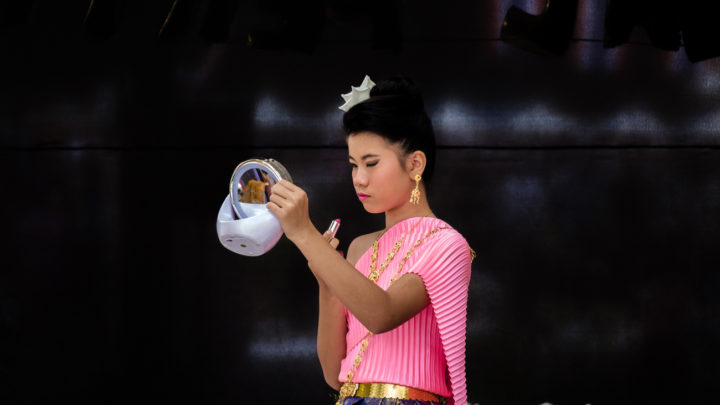The Pleasure and Pain of Fujifilm Lenses!
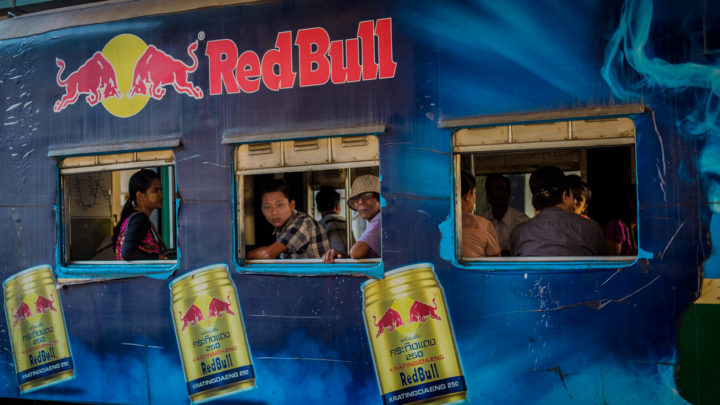
GUEST POST FEATURE
Write Your Articles Directly On FujiRumors!
guest post by Philip Sutton: philipsuttonphotography website + Instagram @finartfoto
Previous guest posts of Philip Sutton
- Fuji X-T1, X-T2 – A New Way of Seeing! – Read here
- Fuji X-T2 and X-T1 – a New Perspective on Myanmar in 2017 – Read here
- Fuji X-T2/X-T1 – Recce in Bali – Read here
When I harken back to the dim dark ages when I was a young wastrel, I can remember some of the silly old ‘good news, bad news’ jokes that were floating around at the time. The prison warden stands aloft the exercise yard and castes his gaze toward the assembled throng of disheveled, motley prisoners. “I have good news and bad news, he roars”, silence befalls the boisterous crowd as they await with bated breath – he continues – “The good news is that you will all get a change of underwear today ….”. A gigantic roar erupts from the hapless throng – “…… the bad news is that group A will change with group B …………”. A muffled silence envelopes the assemblage of miserable creatures.
The news or announcement of a new Fuji lens is akin to this story. A whisper or hint will come out on FR or some other website. There is a big figurative cheer over the net as optimistic fanboys and others wait with bated breath. Then as the technical data is finally released with the details of the lens, a blanket of silence spreads over the ether as fans realise here is another lens that could have been magical.
Before I continue any further, I wish to add a small disclaimer in here.
These are only my thoughts and may not be reality for other Fuji users. I am very very happy with my Fuji setup and these observations are in no way a complaint – in fact they are kind of a back-handed compliment because Fuji lenses are so good that there is a lot of ‘crossover’ between them and one is often confused as to which lens to use in which situation. Please don’t berate me for being critical – I am hoping these thoughts may help others when spending their hard earned dollars on their next piece of glass.
My current setup
I currently own 4 Fuji XF lenses – they are the 18-135, the 16-55, the 55-200 and the 35mm F2. I have only recently purchased the 16-55, so that is still at the tail end of being evaluated. However, I have taken several thousand photos with this lens so a clear picture (pardon the pun), is starting to form in my head. I had thought about the 50-140, but only for a few seconds. The 55-200 is so good and the weight of the 50-140 is actually more than the 70-200 F4 Nikkor that I recently got rid of because it was too heavy – I would be mad to jump back onto that bandwagon again. Talking about Nikon – though my D3X was a marvel and I think there will never be a camera that will come close to the joy of using that thing, it was a mighty brick. However, I did find that Nikon’s selection of lenses were more cut and dried than what Fuji offer. I only ever used two Nikon lenses and they satisfied exactly my needs and I was never confused or perplexed as to what and when I would use a particular lens – not so with Fuji.
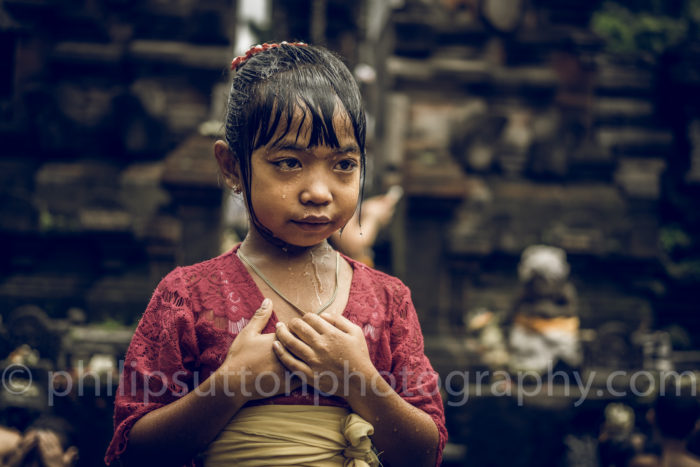
Thinning the herd!
Like most of us – somewhere along the line – I ended up with the ubiquitous 18-55 ‘kit lens’. I used it off and on but was never particularly blown away by its performance. I usually always only ever shoot wide open on all of my lenses, no matter exactly what I am photographing at the time. I have no interest in nature photography, landscapes or scenery at all. I must have lost some brain cells along the way that form that creative part of our brain. I come from New Zealand originally, and it is the most beautiful, scenic and clean country I have ever been in. However when we go back home each year to see folk, I always head out chasing people around with my camera and have no interest in the gorgeous scenery around me. My Vietnamese wife thinks I am absolutely bonkers!
I am sure if I was more interested in photographing landscapes and scenery, half of the problems I am facing with my ‘Fuji Dilemma’ would disappear. Meaning I would not have to shoot my lenses wide open – I would mostly be shooting around the F8 – F16 – for the maximum depth of field that this genre requires – thus eliminating some of the issues that are present when shooting a lens wide open. However, shooting people photography in all its different forms, I am always shooting wide open – getting the least amount of depth of field as possible to isolate my subject from the background. Here is where the problem lay with the 18-55. It was quite soft wide open at the 18 and 55mm ends – where I used it most often. Around the time that I was struggling with these issues, I planned to take my wife to Bali last November for our wedding anniversary.
I am very familiar with the rigors of travelling in Asia. I have been on the road for the last 12 years (off and on), shooting images all throughout Asia for my website. I know that I am always shooting in very dusty and dirty conditions. On top of being disappointed with the quality of the 18-55, I did not want a lens on my new X-T2 that was dragging dust onto the sensor each time I zoomed. I therefore started doing some research into the 18-135. I wasn’t too excited about the slow aperture of 5.6 when at its longer zoom range, but it was a WR lens and it did have OIS. I live in a small gold-mining town deep in the desert of Western Australia. We are over 600kms from the nearest City Center with any kind of camera shop (Perth, WA). I never have the privilege of being able to try before I buy. So I had to bite the bullet and order the 18-135 online. Once it arrived I set about doing some very in-depth comparisons between it and my much-maligned 18-55. To cut a long story short, after thousands of images of real life shooting and much pixel peeping and eye straining, I came to the very resounding conclusion that the 18-135 (wide open), is significantly sharper and has better resolution, than the little sister. Specifically, the biggest differences between the two were when they were shot at the 18mm focal length and the 55mm focal length. In the type of photography that I do, I use those two focal lengths a lot. I often shoot around the 18mm to get a bigger group of people into my image, and as I do a lot of environment portraiture, the 55 (85mm equivalent), is used often. It was at these two focal lengths, and wide open that I found the 18-135 significantly superior to the little sister.
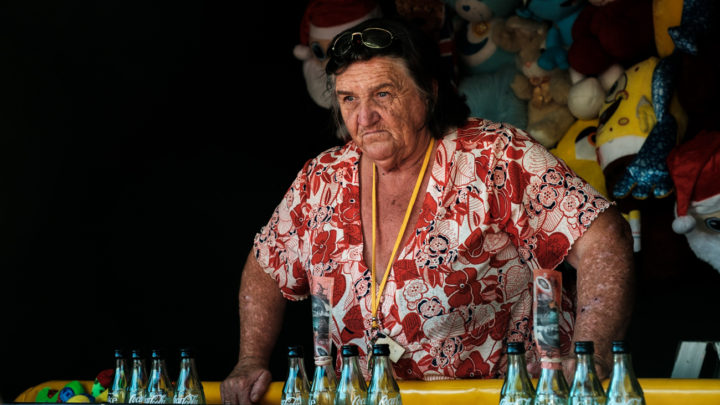
I particularly noticed this at the 55 end, when looking at eye brows and eye lashes – they were always much sharper and more defined from the big lens than the baby sister. Added to this the fact that the 135 is really not that much heavier or bigger (I really didn’t notice too much difference when walking around with each lens on both of my X-T2s), and that it covers a much greater focal area, it was a very easy choice to quickly get rid of the 18-55 on ‘fleabay’. I breathed a huge sigh of relief, because I had eliminated one of the variables in my lens ‘equation’.
In-field observations
I believe that we can sit at home and evaluate our lenses by poking them at our poor hapless wives and kids, or pointing them at brick walls until we become red in the face, but there is nothing like using them in real world situations – this clearly shows the men from the boys. You can read my earlier blog on my website about our trip to Bali last year. I only took the newly acquired 18-135, and my gorgeous 35mm F2 on that trip. I came back from that trip singing the praises of the 18-135. It had behaved beautifully and reeked of quality. I was worried about buying a lens made in China, but I can see no difference in this lens to my other three that are built in Japan. The lens handled nicely, kept out all of the salt-spray, rain and dust that nature could throw at it, and delivered some lovely images that went into my portfolio. That trip was only the first trip as well that I took the 35mm lens on. This lens is peerless and has to be one of the sharpest, fun lenses that I have ever used in over 35years of photography. It is as pin and tack sharp as any of my Nikkor lenses were and it is so light on the Fuji cameras that it really makes using that setup a real joy. The photos from this trip taken on the 18-135 were decent and infinitely useable, however, the images taken on the 35mm lens just leapt off the screen. I ended up using the 35mm whenever I possibly could (around mid-range zoom length equivalent), and only using the 135 when I needed more reach or something wider.
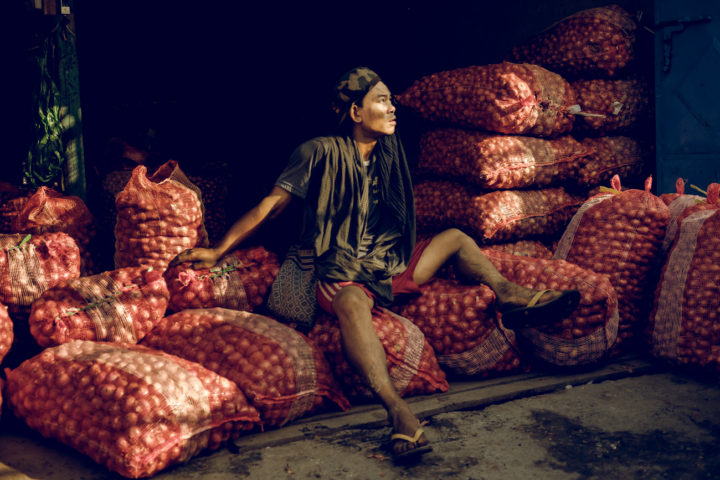
Some discontent creeping it!
I have to laugh so much when I see camera magazine people or online bloggers grab a lens or camera for the weekend and head out for an ‘in-depth’ evaluation of that particular piece of equipment. There is no way that anybody can offer a very informed and unbiased written evaluation of that equipment when only taking a few hundred photos. When we were in Bali I had to remember that it was our wedding anniversary and not my normal boot-camp photographic trips that I do alone (up at 5am every morning, and collapsing in my hotel at dark). We men all know what the girls are like when it comes to feeling appreciated at anniversary time and special occasions – my darling is no exception. I would have ruined the trip if I had been banging around our hotel at 5am and heading out alone to get those magic morning photos. I had to make it look like it was her special occasion, but also managing to slip in as much photography as possible. It was a bit of a balance but I think I pulled it off.
For two years prior to that I had been planning my third trip to Myanmar in January of this year (alone – great stuff, boot-camp style). I had been reasonably pleased with my two-camera setup and two lens setup for Bali, so I headed off to Myanmar with the two bodies and the 18-135 with the 35mm F2. I have been traveling Asia and shooting its wonderful people for well over a decade, and as I am not 20yrs old anymore, any excess weight is really noticed. I therefore only ever take two lenses and two bodies. The filthy places I end up shooting in (often dirty work factories, farmers ploughing in the dust, monks sweeping dusty yards etc), I never want to be changing lenses on the run and letting rubbish onto my sensor. That’s why the two lenses stay glued on the two bodies and that’s it.
What I am saying then is that on the Bali trip because I was with my wife and I had to balance things, I think I only took about 1,300 images. However, on my month this year in Myanmar I took over 13K images – ten times more than in Bali. That is how you really evaluate your equipment (not the quicky weekend style) – and true to form some cracks started to show in my setup that hadn’t been apparent on the Bali trip.
Herein Lies the Dilemma!
When I was evaluating and processing some of the images taken in Bali on the 135, I began to notice two things. Anything shot wide open much over about 100mm, did not have the definition and sharpness that the images had when shot around 55. So much so, that after around 120mm, to me they were too soft to be useable. I don’t often shoot at the longer focal lengths, however when I have to, I need to know that my gear is going to give me usable images. However, the biggest problem (and I was aware of this when I swapped over to mirrorless), was that it was very difficult to separate the subject from the background – even when shooting wide open. More so on this lens because once I start getting around the 60-70mm, then it is on 5.6. This still is a great lens and it really does all that it is supposed to do – be a general all-round lens, fairly small and light, weather resistant with very useable image quality, in most cases. Was I expecting too much?
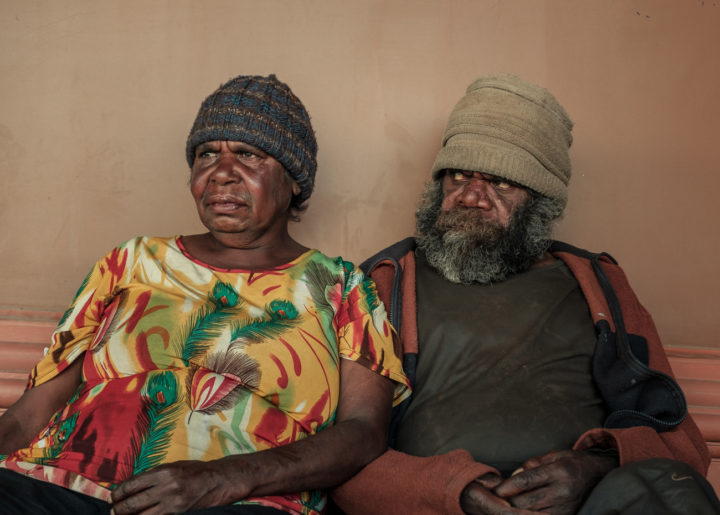
Enter the 16-55
I had never wanted to get this lens because I was aware of how expensive it was ($1,600 here in Australia), and I knew it was a huge brick – exactly what I was trying to get away from. However, my wife and I have a trip later this year to Vietnam (up North in the beautiful Sapa), then a while with her folks in the South and then onto Taiwan. The question was should I just bring the same setup as I did on my last two trips with mostly useable images, or try and tighten things up by experimenting with another lens? I leapt out in faith and bought the 16-55. I have taken several thousand images with this lens now and I am becoming more familiar with it. It has quality that almost matches the magical 35F2, is extremely sharp wide open to the edges – all the way through the zoom range. It has wonderful WR, so I can drag it around all of my disgusting factories and places of work in Asia. The lack of OIS is becoming less of an issue as I am becoming more aware of the shutter speeds that I really can’t go below. I was out shooting today in my local town – I was using the 18-135 and the 16-55 – I had an X-T2 attached to each. I was just looking at them on LR, and they are kind of all mixed up in the thumbs on the screen. I only have to look at the image (without checking any metadata), and I can immediately tell which has been taken on the 16-55 – they kind of leap from the screen.
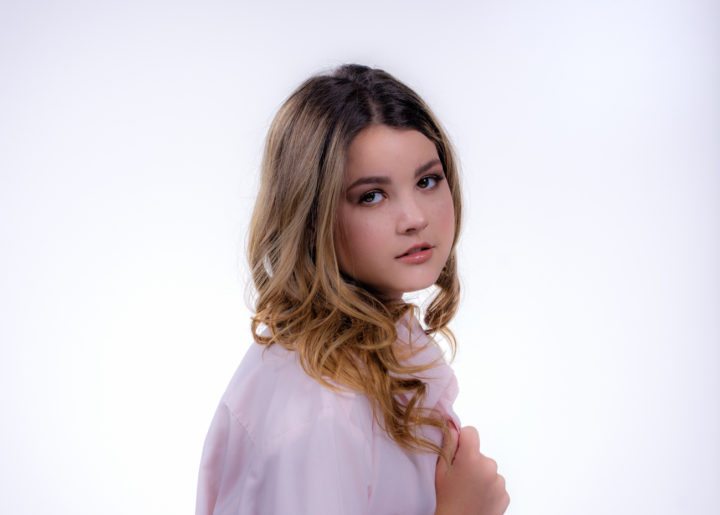
What about the 55-200?
This lens is probably my greatest frustration of them all. I really love this lens. I think that it is the most underrated lens of all the lineup in Fuji’s glass. It is absolutely tack sharp wide open – in fact it is ridiculously sharp. It is as sharp at 55mm as my 16-55 is. It is a reasonably fast lens so I don’t have too much problem (unlike the 18-135), in getting the subject to stand out from the background. It is such a versatile lens that I use it in the studio. Shooting portraits at around F8, the images are very sharp and render beautifully. So what’s the problem – NO WR. I don’t think this worries many people, but as mentioned above, because some of the places I shoot at in Asia are so dusty, I have to put on an industrial face mask just so I can breath (much to the amusement of the hapless locals). Can you imagine zooming back and forth and sucking all that crud into your sensor?
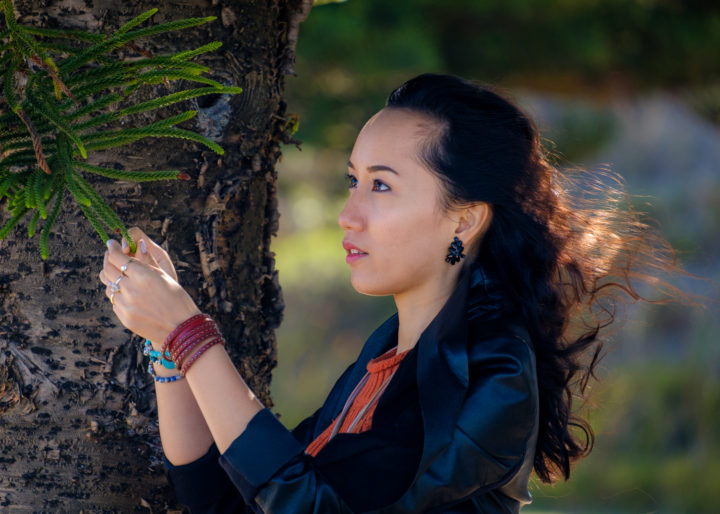
The Equation
So here we have it – four fantastic lenses that in their own right are really great. So what is the problem – I only need two lenses when I travel and not all four! Surely I could choose two out of them that would be perfect for the job and satisfy all my needs. Here is where I refer back to my title. Fuji lenses really are a bit of a dilemma. They each one almost make it, almost fulfill everything they are designed for, but Fuji very slightly missed the mark with each of them (except the 35mm – it does exactly what it is designed to do), which brings me back to my dilemma.
#35mmF2 – this lens does exactly what it is designed to do. The only problem for me is that being a fixed focal length you are locked into that 50mm equivalent. Of course there are no complaints here with Fuji – it is the same for any standard lens of any maker – it is a fixed 50mm and they usually do their job very well. Just for me, because I only travel with 2 lenses – unless my other lens can properly cover the wide angle and tele end, then the 35mm is not able to make up the difference.
#18-135 – As already mentioned this is a great all-round lens and does exactly what it is designed to do. However, for me it leaves me somewhat wanting for more – I need that sharpness at the tele end and a faster stop would help to define the subject from the background. For me to take it again as my main travel lens – I am not sure that now I can live with these failings.
#16-55 – This is a smashingly brilliant lens – the biggest problem – it is a brick. Also – doesn’t worry me particularly – but many folks say this lens should have had OIS.
#55-200 – This is Fuji’s most unsung lens – the best kept secret. It is just very sharp, reasonably small and light, and has brilliant OIS. For me to decide to use it on my next trip, I have to suck up the fact that I will be spreading grime throughout my camera and sensor. Oh Fuji – why didn’t you put WR on this beauty?
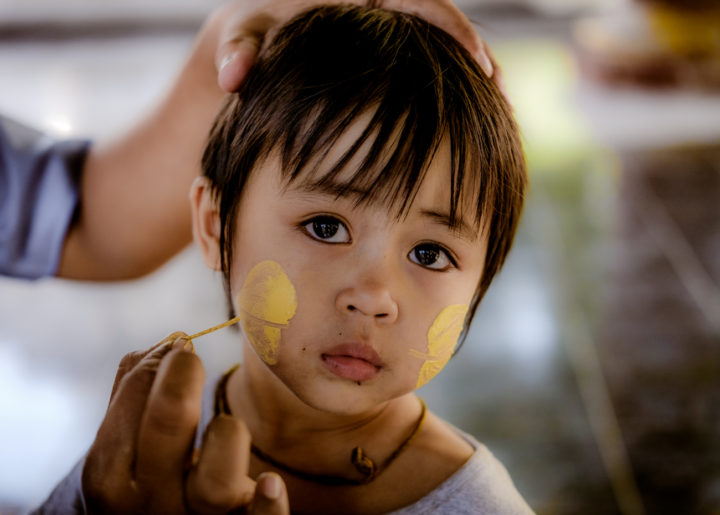
Conclusion
I am hoping this has not been too verbose and that I have actually said what I set out to do. Nikon lenses seemed to be more cut and dried. I had two that met all my photographic needs and there was nothing I had to be disappointed about or wish that it had. However, with Fuji, that is not so. I would love to take the 18-135 on my next trip, but not sure I can live with the slower aperture (too much depth of field), and the softer images at the tele end. The 55-200 is magical in every aspect – but oh how I wish it were a sealed lens. The 16-55 seems to only have one problem – it’s a brick. That is really not its fault and I am aware enough to know that Fuji really could not have made it any other way. It is brilliantly sharp wide open and to the edges, has a constant aperture all the way through – because it is a brick. However, with each of these lenses Fuji did not get it quite right!
What will I take on the next trip?
Well I have a few more months to ruminate before we head off. I am at least halfway there and have decided that notwithstanding the weight, I am going to lug around the ‘brick’. It is just such a brilliant lens, I could not be satisfied with the images from a lesser lens in that focal length now. The other half of my equation is not so easy. I could sell the 18-135 and buy the 90. That would give me f2 and would definitely give me subject isolation. However, here again Fuji has created another masterpiece that almost was. Why on earth does a lens of this focal length not have OIS? I am not the steadiest of photographers, and for that focal length in lower light, I would definitely get fuzzy images with this lens. That leaves me the two options – take the brilliant 55-200, and just have to get my camera serviced when I get back to get the dust removed, or take the 18-135 and only use it up to about 100mm (150 equivalent), where the images are just reasonable. The court is out on this last part of the equation at the moment. I find it fun experimenting and working on these problems, so I am sure when the time comes to fly out, I will be able to make some more Fuji magic with their beautiful lenses.
Don’t forget to check out the rest of my images on my website philipsuttonphotography.com or join me on instagram – fineartfoto
Happy ‘shooting’
Philip
guest post by Philip Sutton: philipsuttonphotography website + Instagram @finartfoto


